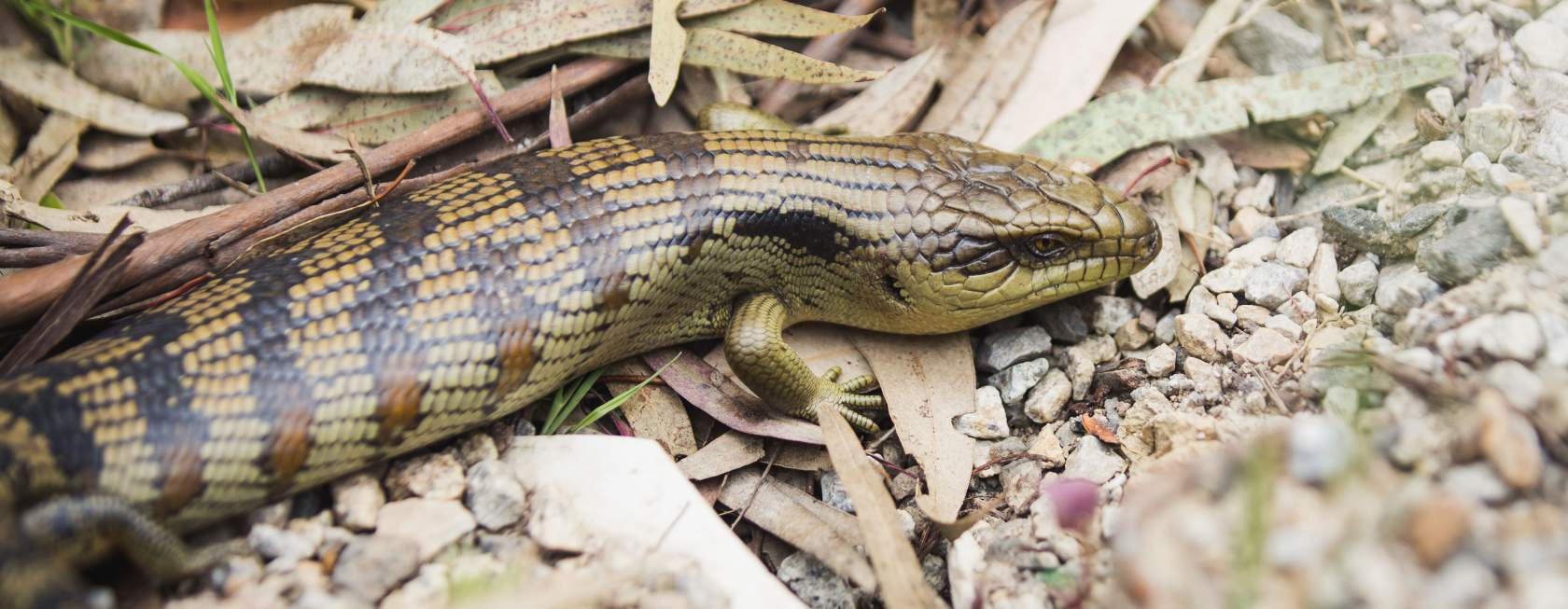
Victoria is home to both the eastern (or common) blue-tongued lizard (Tiliqua scincoides) and the blotched blue-tongued lizard (Tiliqua nigrolutea), both of which are commonly found in residential areas, making them one of the most frequently encountered lizards in suburban settings.
Appearance
These reptiles are characterised by their elongated bodies, small legs and large heads, which can lead to them being mistaken for snakes. Eastern blue-tongued lizards have stripy bodies, whereas blotched blue-tongued lizards have a more blotchy appearance. They are typically seen basking on warm surfaces like concrete, stone, or brick to absorb heat. A notable feature of these lizards is their blue tongues, which serve as a warning display to potential predators.
Distribution and habitat
Blue-tongued lizards live throughout Australia in a variety of different habitats including mountain forests, coastal heathlands and suburban gardens. As they are active during the day, blue tongues prefer low shrubby or tall grassy areas where there are plenty of places to hide.
Breeding season
Blue tongue breeding season occurs between September to November. Females give birth to up to 25 live young between December and January. These young leave the area after a few days and are self-sufficient from birth, so there is limited parental involvement. Males can father several litters per season.
Diet
Blue-tongued lizards thrive in gardens due to the constant supply of insects and snails. They are also known to feed on berries and native wildflowers.
Behaviour
These lizards are known for their relaxed demeanour and prefer to be left undisturbed. They can often be found resting in inconvenient spots but can easily be stepped over without issue. When threatened, blue-tongued lizards may drop their tails as a defence mechanism. If you encounter a tail-less lizard, it’s important to transport it to the nearest veterinarian or contact Wildlife Victoria, as it may have additional injuries. If relocation is necessary, such as in a backyard with dogs, gently use a towel to move the lizard to a safer area nearby. Remember to wash the towel afterward to prevent any spread of germs.
Are they dangerous?
Blue-tongued lizards are completely harmless. They are not venomous and pose no danger to humans or pets. They are generally calm, quiet, and slow lizards that like to sit and bask in a sunny spot or hide in your garden. Blue-tongued lizards do not bite and are in more of a danger of being attacked by cats and dogs than causing harm themselves.
General fun facts
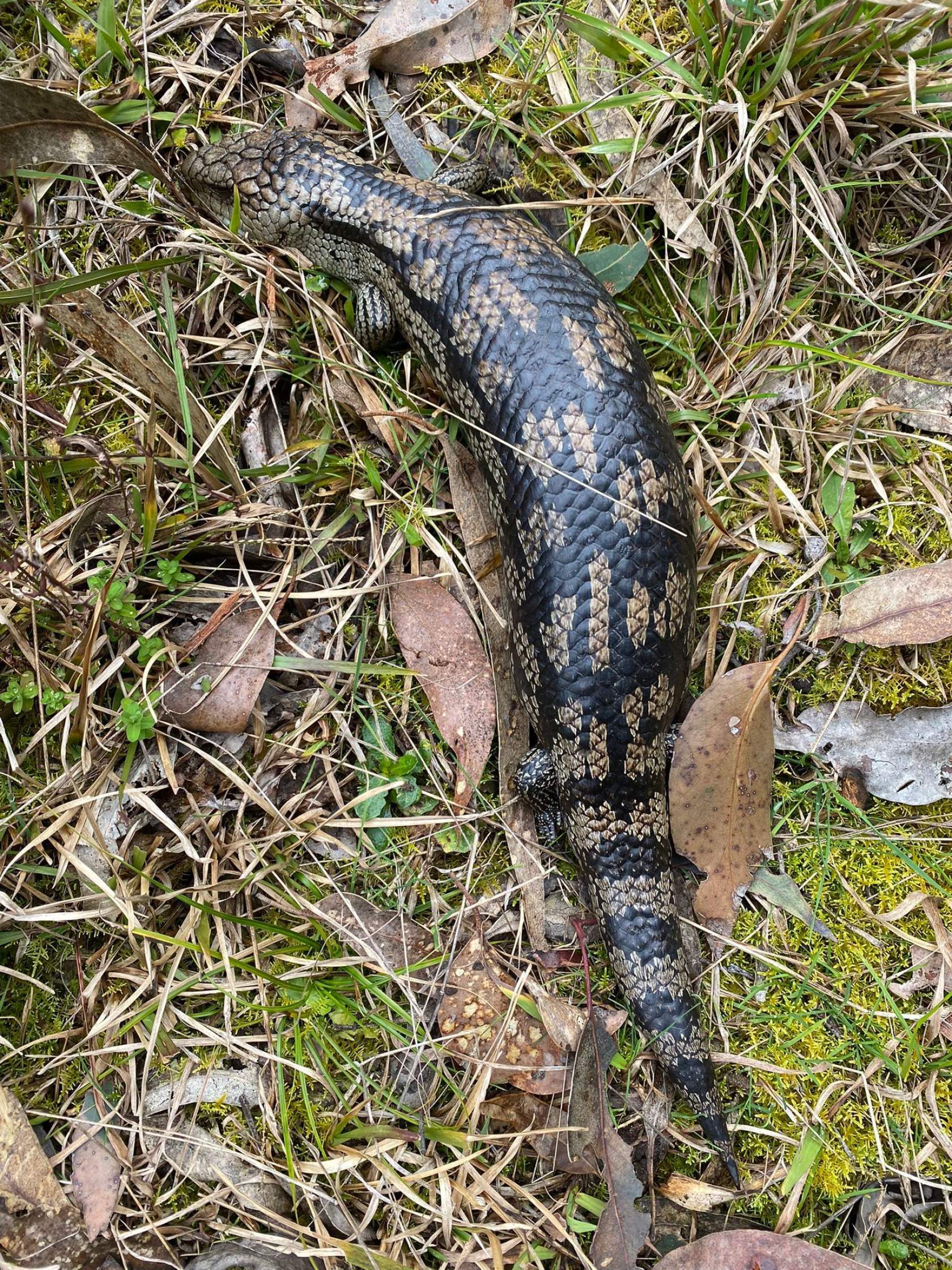
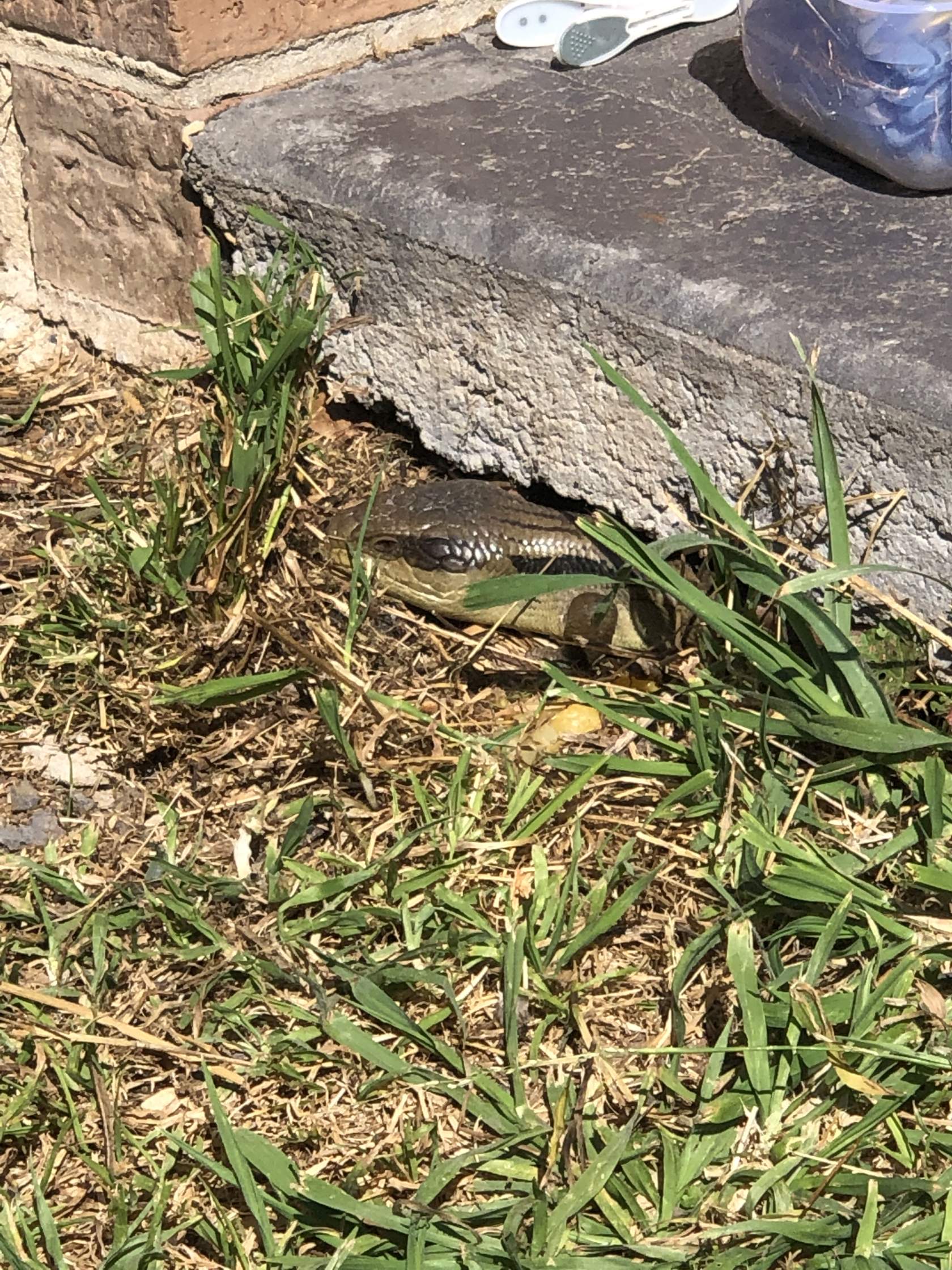
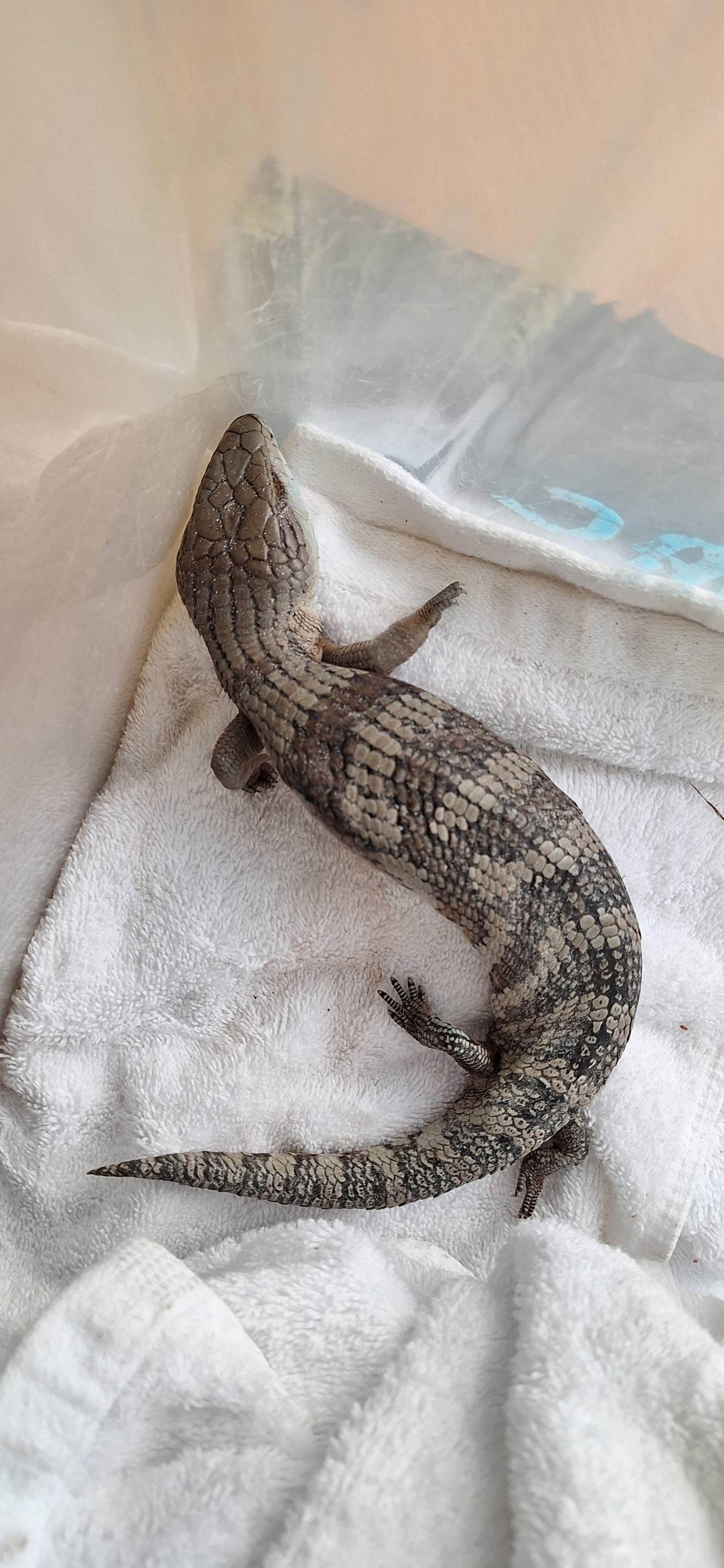
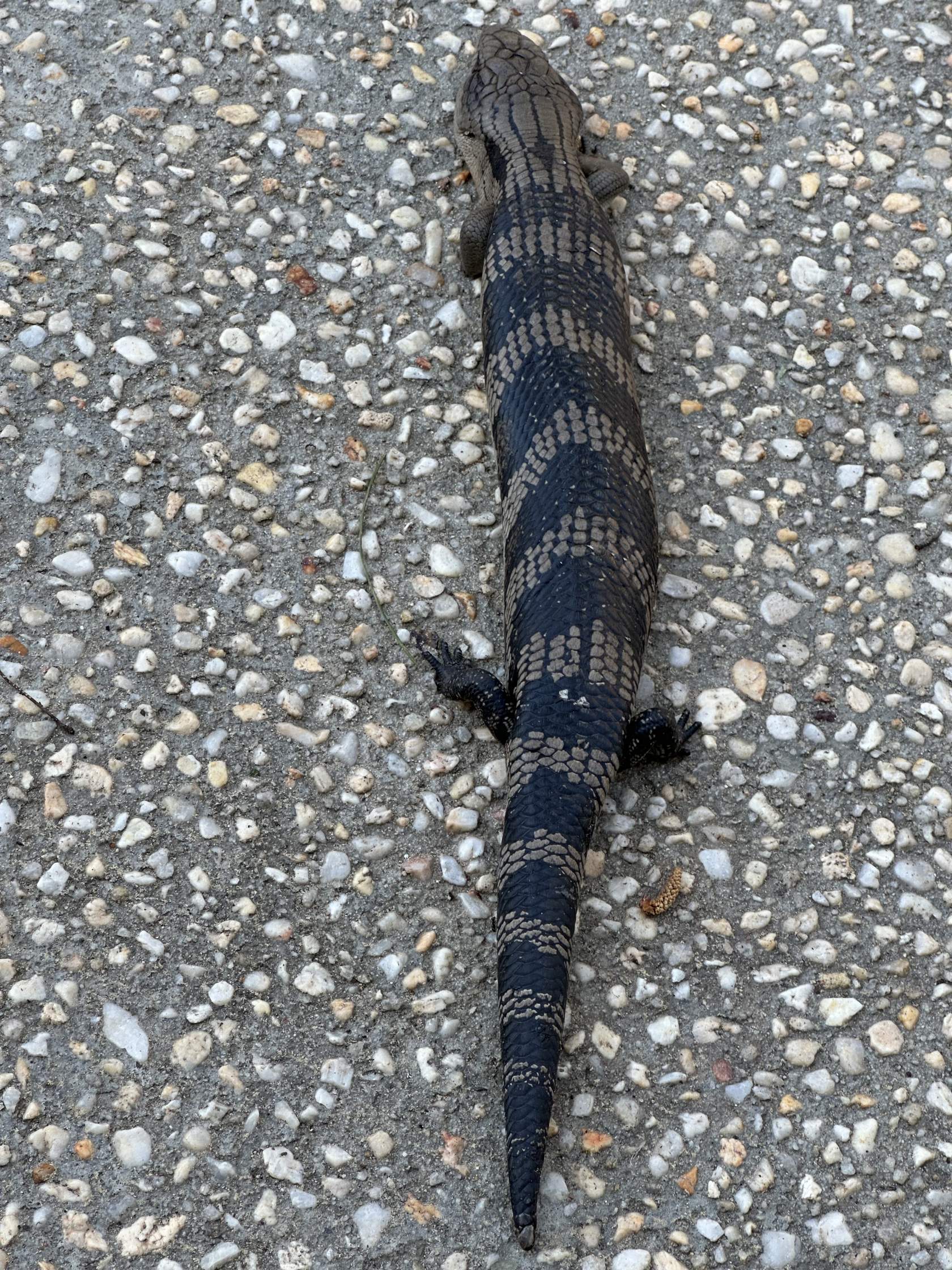
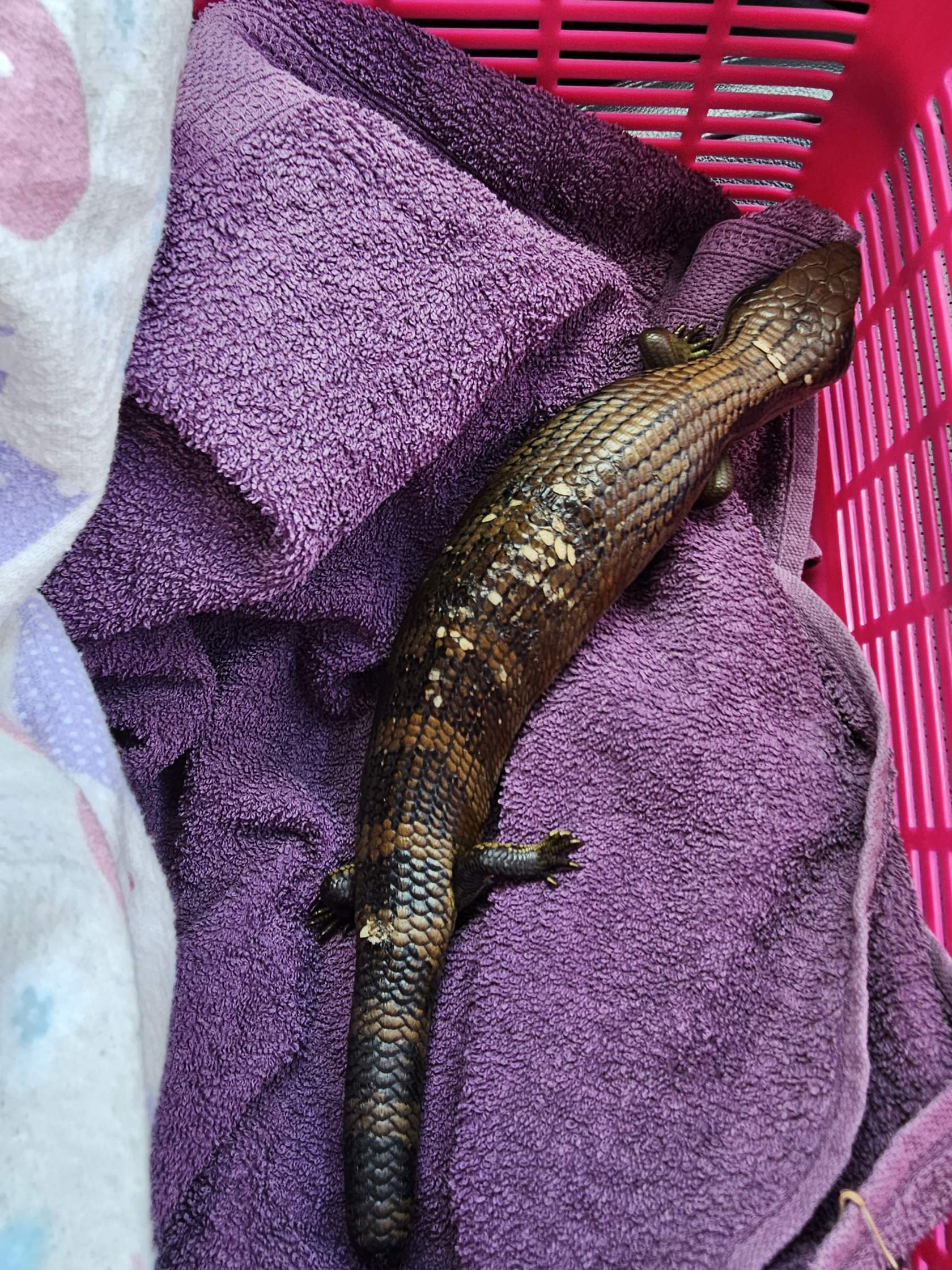
What can you do to help?
The most common blue-tongued lizard reports made to Wildlife Victoria are when they have been attacked by another animal, have a mite infestation, or have been found in someone’s backyard.
Wildlife Victoria commonly receives reports of blue-tongued lizards that have been attacked by pet dogs or cats. Depending on the extent of the injury, this kind of attack can be fatal – either by serious wounds and blood loss, or by infection caused by cat or dog saliva left in puncture wounds. If your pet attacks a blue-tongued lizard or if you find a lizard which looks like it has been attacked, please call our Emergency Response Service on (03) 8400 7300.
Blue-tongued lizards can occasionally fall victim to mite infestations, which can lead to discomfort, health issues, and even death. Signs of a mite infestation include excessive scratching, lethargy, or the presence of tiny dark spots on the skin, which are the mites themselves. You may also notice the lizard's skin appears flaky or irritated. To scratch, the reptile will rub against rough surfaces, such as bark, trees, and bricks. If you suspect a mite problem, it’s crucial to call Wildlife Victoria’s Emergency Response Service on (03) 8400 7300 as soon as possible for assistance. Taking pictures will help with mite identification.
Blue-tongued lizards are beneficial to gardens as they help control populations of snails and slugs, which can be detrimental to plants. Their presence in a garden can lead to healthier plant growth by naturally keeping these pest populations in check. Encouraging blue-tongued lizards to inhabit your garden not only promotes a balanced ecosystem but also fosters a respectful coexistence with these intriguing reptiles. Please be aware that snail bait is extremely dangerous to them and must be avoided. If you believe a lizard has consumed snail bait, please call Wildlife Victoria as soon as possible so we can arrange a veterinary assessment.
We hope that by increasing your understanding and awareness of our beautiful wildlife, you will feel empowered to manage wildlife situations confidently and in an informed, safe and appropriate manner. For support at any time, please call our 24/7 Emergency Response Service on 0(3) 8400 7300.
